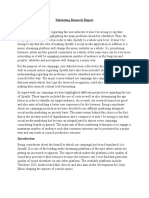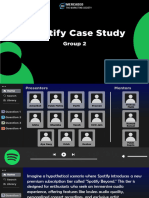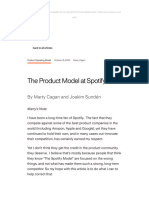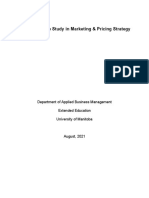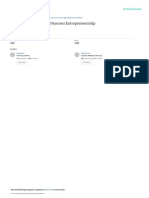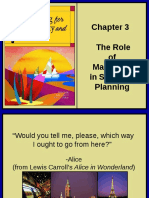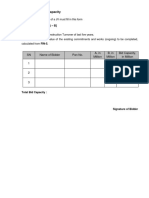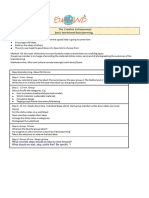0% found this document useful (0 votes)
11 views9 pagesProductNote SpotifyIndia-3
Spotify India aims to enhance user engagement by increasing listening time for infrequent users through behavior analysis and targeted improvements. The project focuses on three main goals: increasing session frequency, improving content discoverability, and enhancing listening flow, with specific measurable targets set for each goal. The proposed solutions include smart activity-based recommendations, integrations with daily tools, and gamification to reinforce habitual usage, with a launch date set for March 26, 2025.
Uploaded by
Ananya DeCopyright
© © All Rights Reserved
We take content rights seriously. If you suspect this is your content, claim it here.
Available Formats
Download as PDF, TXT or read online on Scribd
0% found this document useful (0 votes)
11 views9 pagesProductNote SpotifyIndia-3
Spotify India aims to enhance user engagement by increasing listening time for infrequent users through behavior analysis and targeted improvements. The project focuses on three main goals: increasing session frequency, improving content discoverability, and enhancing listening flow, with specific measurable targets set for each goal. The proposed solutions include smart activity-based recommendations, integrations with daily tools, and gamification to reinforce habitual usage, with a launch date set for March 26, 2025.
Uploaded by
Ananya DeCopyright
© © All Rights Reserved
We take content rights seriously. If you suspect this is your content, claim it here.
Available Formats
Download as PDF, TXT or read online on Scribd
/ 9













